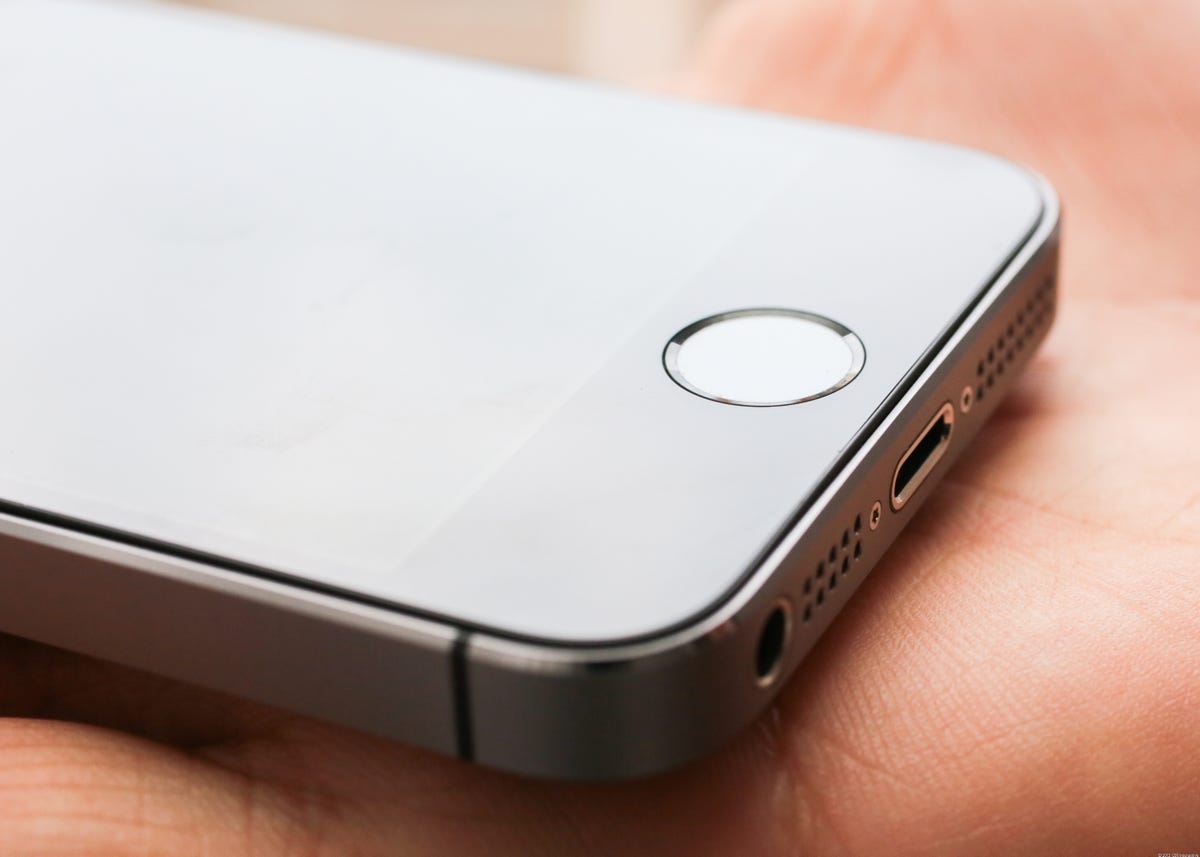
Sarah Tew/CNET
Apple hasn’t had a brand-new phone design since the iPhone 5 in 2012, when the company made the leap from a 3.5- to a 4-inch screen. But that’ll change soon: the iPhone 6 , said to be debuting at a September 9 media event, is expected to be a major overhaul, a long-overdue response to the increasing Android competition.
Apple’s next iPhone: Complete coverage
- iPhone 6: Sorting through fact and fiction around Apple’s upcoming smartphone
- iPhone 6: Every rumor about the specs, release date, and size of Apple’s next smartphone
- iPhone 6: Most wanted features (pictures)
We’ve heard tons of rumors and seen plenty of leaked pics purported to show the device. What we expect seems increasingly clear: a new A8 processor; a larger, higher-res screen — perhaps in two different sizes; and of course, a new iOS 8 operating system , which Apple has already showed off back in June. But to me, the next iPhone’s opportunity — and challenge — runs beyond mere processing power or screen size. It’s about turning the iPhone into an even more reliable and durable tool. Here’s what I want to see…and what’s really most important to me.
iPhone 6: Most-wanted features (pictures)
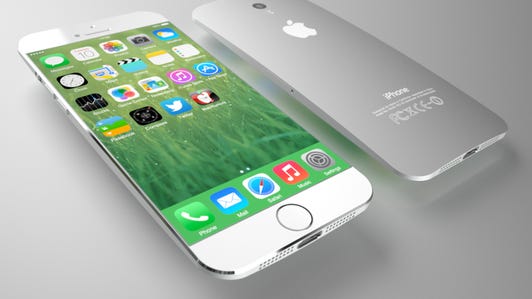





+11 more
Better battery life
Yes, more important than screen size or anything else, it’s battery life. I’ve been annoyed, every year, at how the iPhone’s battery life starts acceptably but finishes midyear with me plugging in two or three times a day to recharge. The iPhone is a mission-critical device for me, and for many others, but it has the worst battery life of any of Apple’s mobile products like the MacBook Air and iPad.
Sure, that’s because the iPhone’s always on and frequently connected to LTE and Wi-Fi, and for me, to a litany of Bluetooth gadgets. And it’s small. But I want an iPhone that lasts longer, manages power better, and doesn’t send me into a battery-pack panic. While a larger chassis would theoretically accommodate a larger battery, Apple’s tendency to go thinner — and the power demands of a larger high-res screen — could make longer battery life a challenge, unless Apple can come up with some smarter power management in iOS 8, and/or a more power-efficient A8 processor.
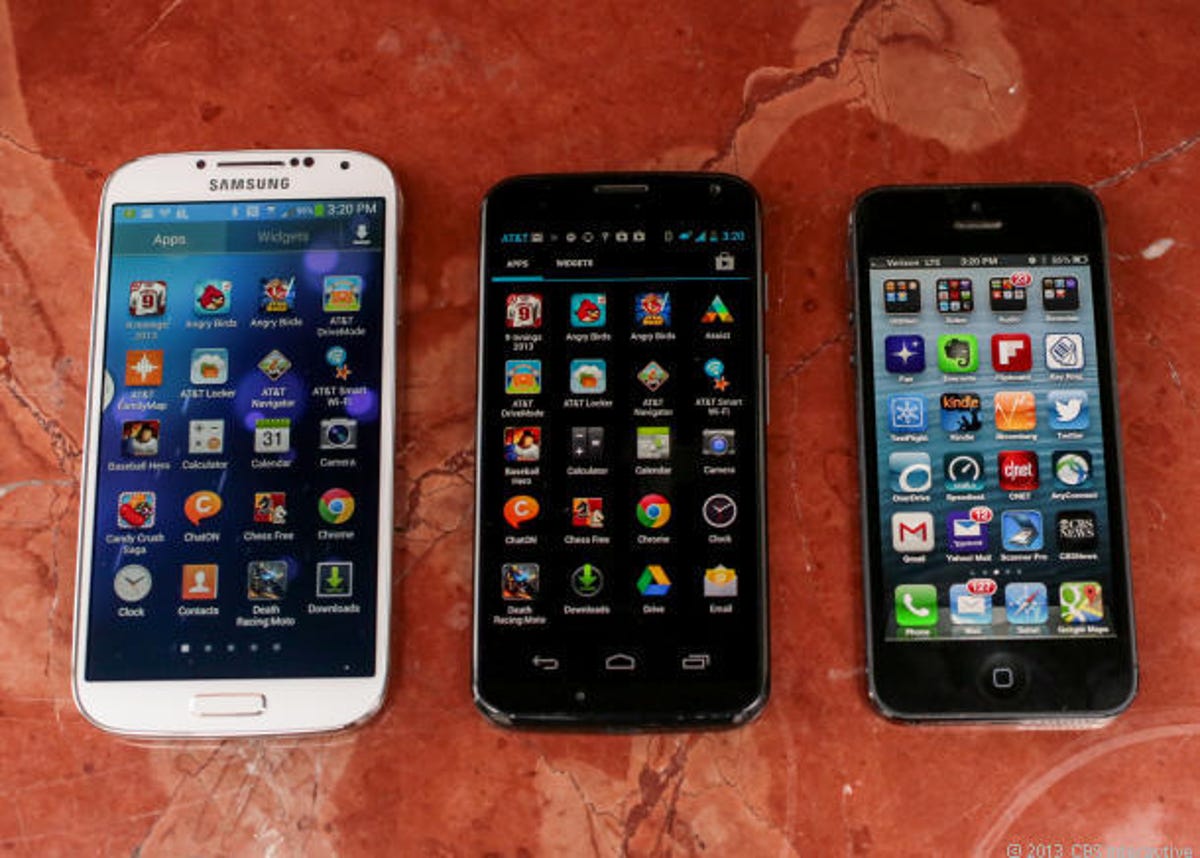

Sarah Tew/CNET
A larger screen, but a size that still fits well in my hand
The next iPhone will have a larger screen — and that’s something that most iPhone users will welcome. You can fit more on a page, see things in a larger presentation, and enjoy apps more. Maybe a larger screen would even allow the iPhone to take on more of the functions the iPad is best for.
But it doesn’t work if the phone isn’t easy to hold. Apple has placed a premium value on compact hand feel on the iPhone: the iPhone 5 and 5s were modest bumps in screen size, but still with a pocket-discreet form. But that size is way too small in the world of 5- and 6-inch Android phablets. It’s possible to make a larger-screened phone, especially a 4.7-inch one, feel good to hold: take the Moto X , for example. It’s probably the best larger-screen middle ground. (It’s in the center of the photo above, with the 4-inch iPhone 5 to the right, and the 5-inch Galaxy S4 to the left.)
Meanwhile, the iPhone 5 and 5s have a lot of extra bezel at the top and bottom, and even some on the sides, that could be removed. I’d like to see an iPhone’s front face evolve to being almost all screen. It’s possible: in fact, some newer phones like the Sharp Aquos Crystal pull it off.
As far as the rumored 5.5-inch screen, that would be too big for me, based on how large 5-inch and bigger phones feel. Unless, that is, it can be a good enough “phablet” to truly take on iPad-like functions, becoming a sort of stand-in for my favorite iPad, the Retina Mini .


Screenshot by Jessica Dolcourt/CNET
A better camera
I use an iPhone as my primary camera. Lots of people do. The iPhone 5s camera is excellent, but it could be even better. I still find it takes out of more out-of-focus pictures than I’d like when I’m grabbing quick snaps, and it’s not as good, obviously, as a really good point-and-shoot. Faster focus, improved picture processing…or even selective focus, like the HTC One M8 and Samsung Galaxy S5 . I’d take any non-gimmicky improvements that would make my everyday photos even better. A rumored ability to mount custom lenses on the iPhone 6 camera isn’t a must-have for me, but it could mean a ton of really interesting accessories are on the horizon.


James Martin/CNET
Connect to many things, better than before
I review a lot of wearable gadgets. Bluetooth-connected devices, be they speakers, smartwatches, scales, cars, or thermostats, are everywhere. Bluetooth isn’t always the best at staying reliably connected. Having an iPhone that’s even more optimized for remote device connectivity, via Apple’s Health and Home in iOS 8, or via improved wireless (802.11ac for faster Wi-Fi, for instance) feels essential. My iPhone is more of a hub than ever.
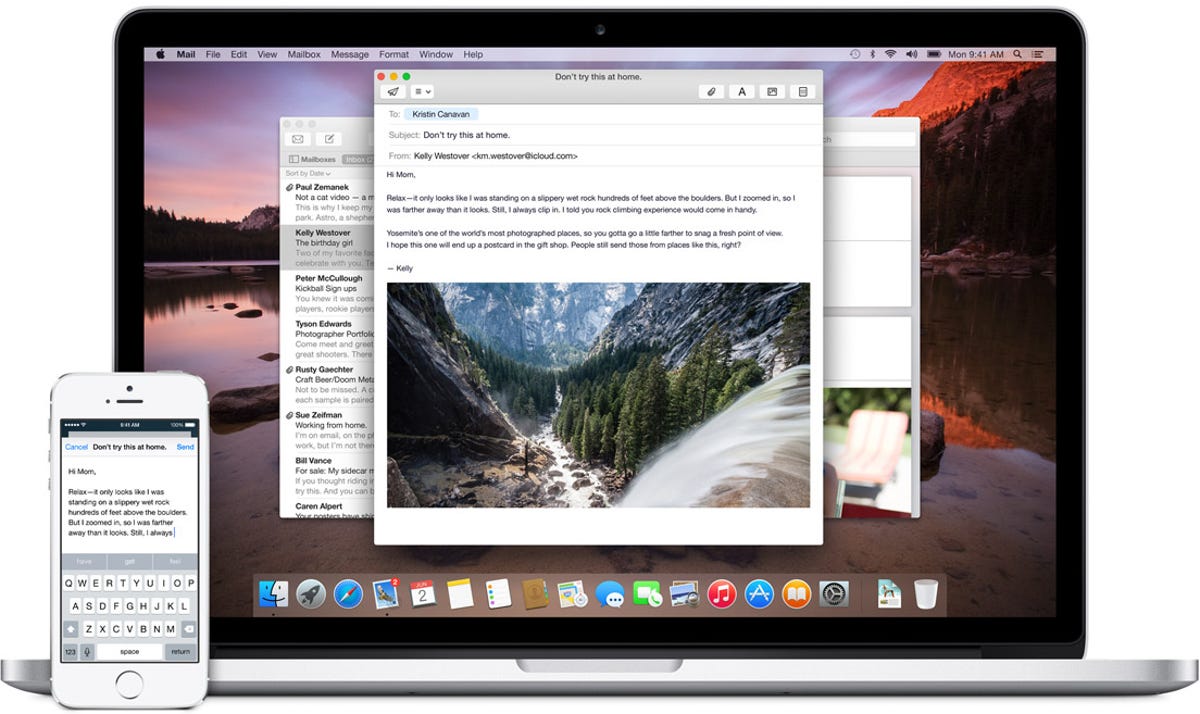

Apple
Be better at being invisible
My wife said to me, “I don’t want to always be on my phone.” That’s not everyone’s wish, but it’s clear that smartphones are trying to make the flood of notifications that come in every second more manageable. iOS 8 adds better notification and at-a-glance features. I’d prefer to keep my phone in my pocket as much as possible and not always be thumbing through apps in a trance. One-glance widgets and smart notifications are on the way in iOS 8 , working across MacBooks and iPads. Maybe that’ll even extend to wearables or other devices like the Apple TV.
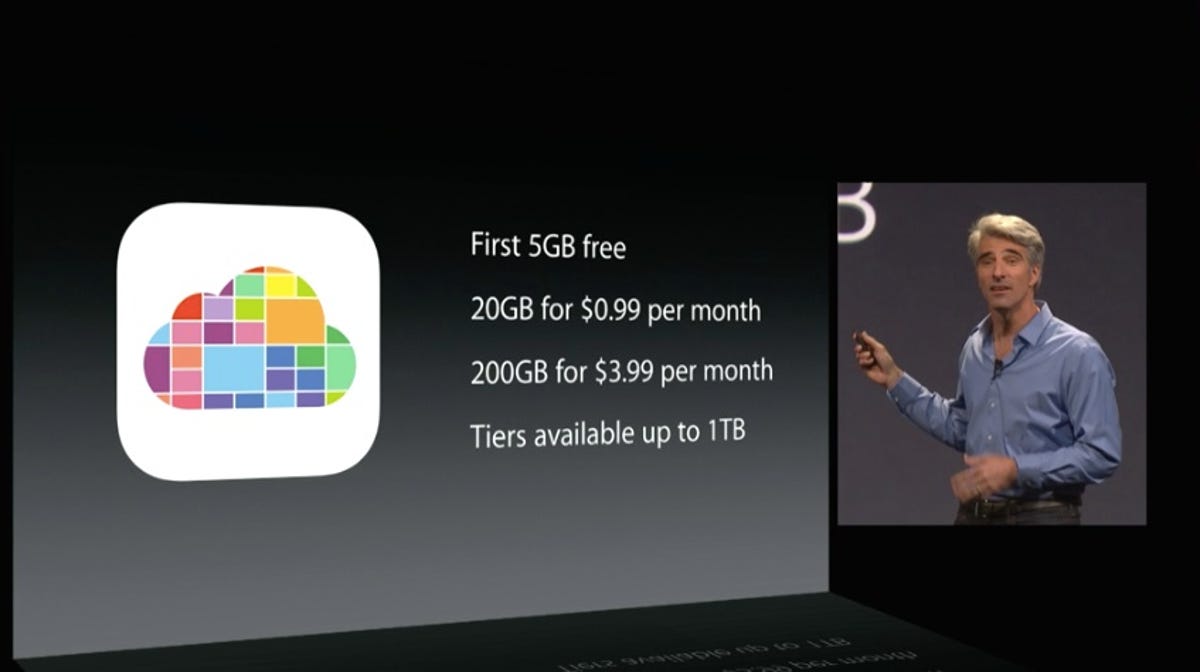

John P. Falcone/CNET
More storage for less (on-device, and cloud)
It’s time to bump the base storage on the iPhone to 32GB, at least for the newest iPhone 6. It’s been time for a few years, actually. But as photos and videos take up more space, and without a Micro SD card slot to add more memory, it’s even more essential. And while Apple is cutting its iCloud storage prices and enabling storage for entire photo libraries, I want even more. Photos are my main storage hog. Amazon and Google offer free unlimited cloud storage for Fire Phone owners and Google+ subscribers, respectively. Flickr offers 1TB of storage for free. There isn’t such a thing as too much cloud storage space for photos. I agree with David Carnoy: iCloud needs to become a far more affordable and useful online photo-storage extension.
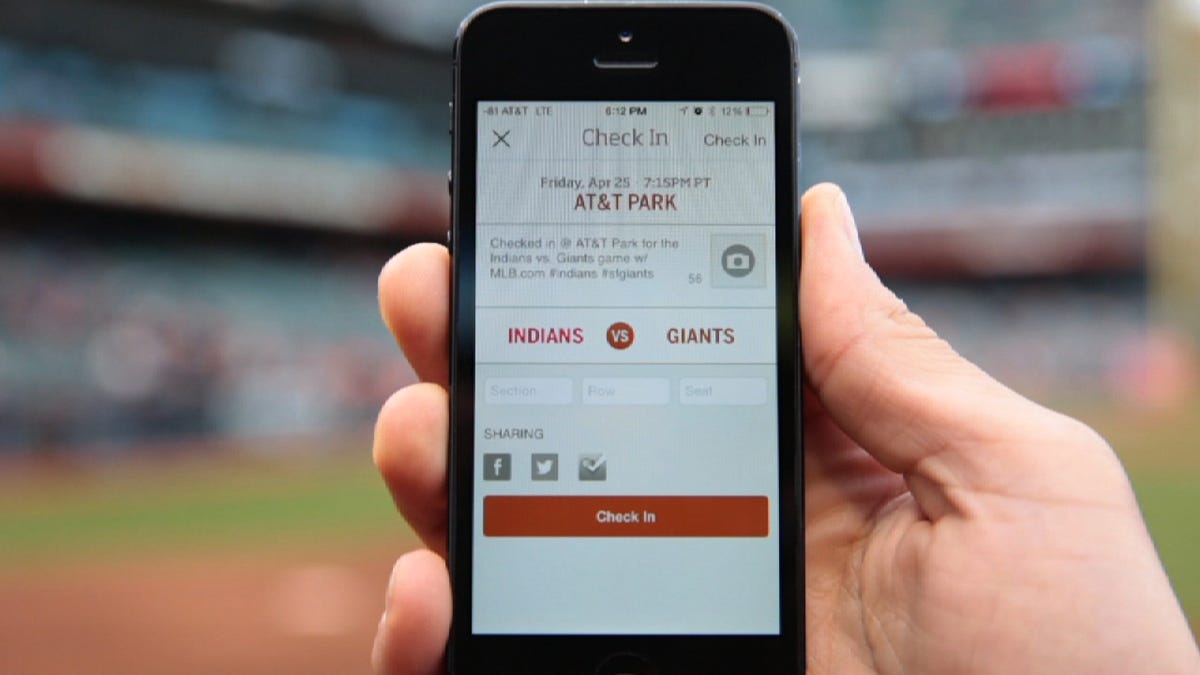

CNET
Ways to pay with Touch ID, anywhere you go
Touch ID ended up being a really useful and reliable shortcut to entering passwords on the iPhone, but only for unlocking and using iTunes. Touch ID’s presence in more iPhones, and with iOS 8 allowing it to work with other apps, will make it more like a true finger-activated wallet. I’d like the places I go, like movie theaters, to automatically trigger apps to open so I can pay for tickets or other things right on my phone in a pinch.
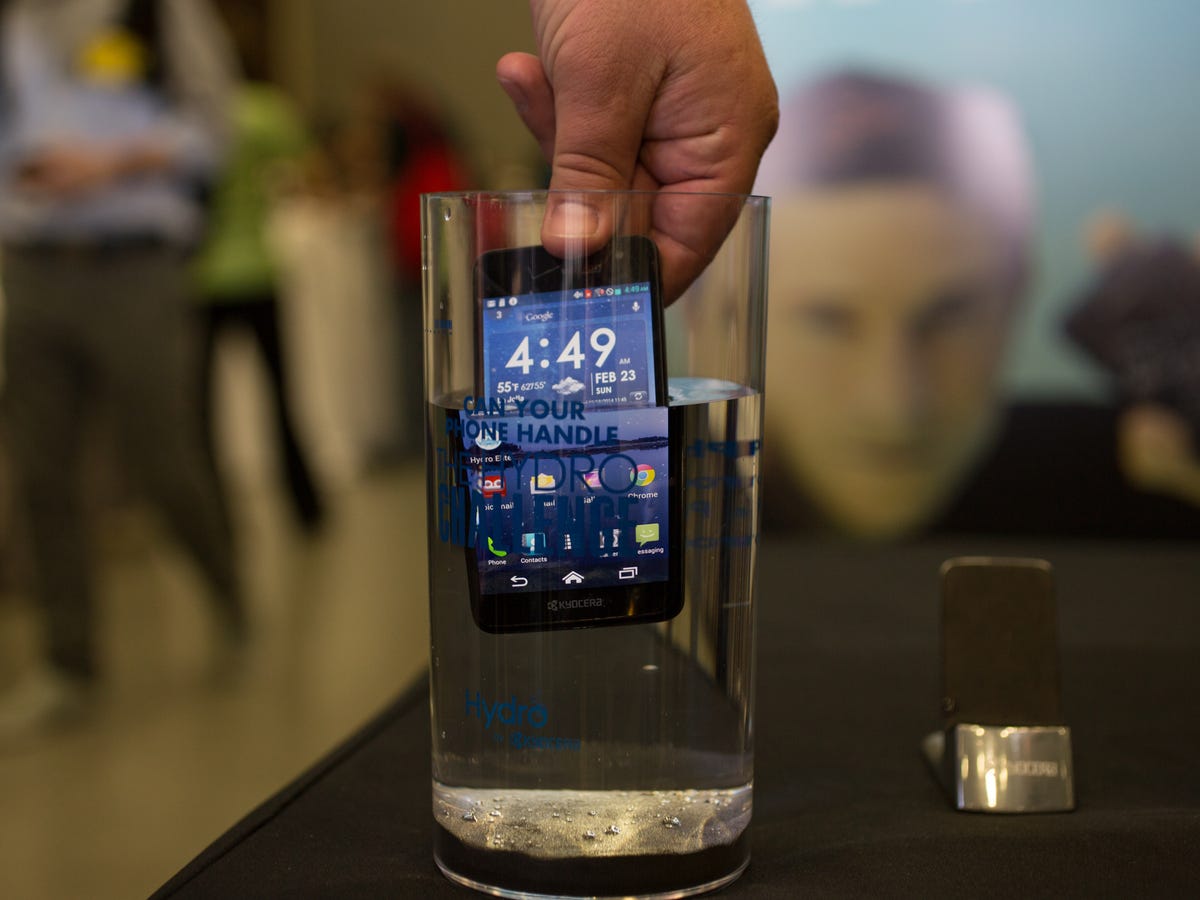

Andrew Hoyle/CNET
Waterproofing and shatter resistance
Oh yeah, and this. Lots of new phones are water-resistant, and even somewhat waterproof. I’ve suffered one iPhone toilet plunge in my family, and I’d rather not worry about future accidents during trips to the beach or vacations by the pool.
I, somehow, have never suffered a cracked iPhone display…but many of people I know have. If those sapphire-display rumors turn out to be true, a lot of people would appreciate an iPhone display that’s less prone to damage.
Apple iOS 8 at WWDC 2014 (pictures)
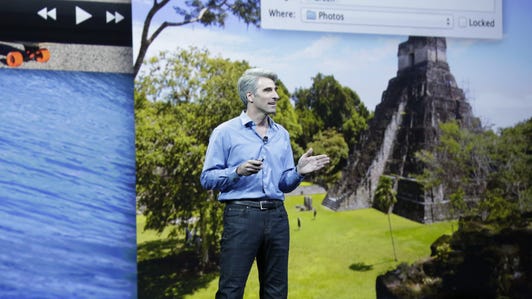





+14 more
In short: More connected, more reliable, more durable
Smartphones already have the processing power that PCs had just a few years ago. iPhones are basically like iPads, minus the screen size. I do more on my phone than I’ve ever done before, but as an in-the-pocket, always-with-you computer, it could be even better connected and able to handle my needs. Crossover apps and services like Apple’s Handoff, better accessories, and improved AirPlay video mirroring could make the next iPhone a legitimate iPad alternative…maybe even a PC alternative.
But really, the iPhone has reached the point in its evolutionary path where I don’t want it to utterly transform…I just want it to be more reliable and durable than before. That’s what I’m looking for. It’s what the iPhone needs.



